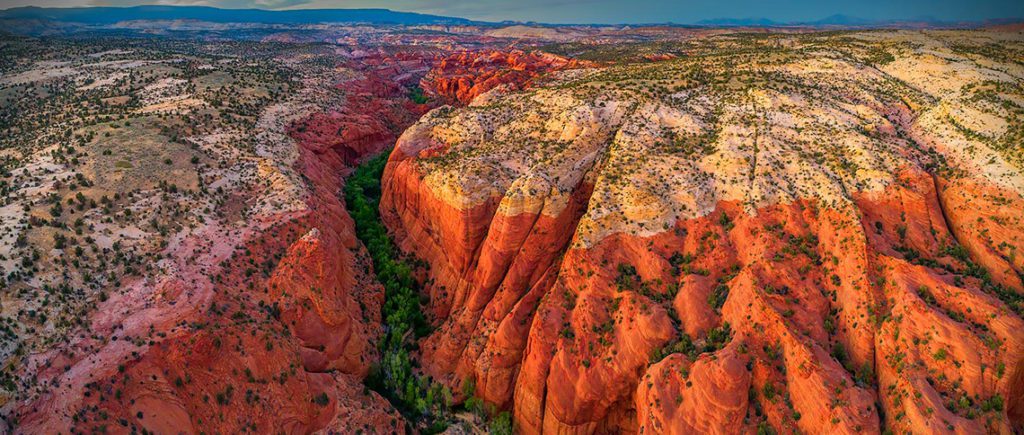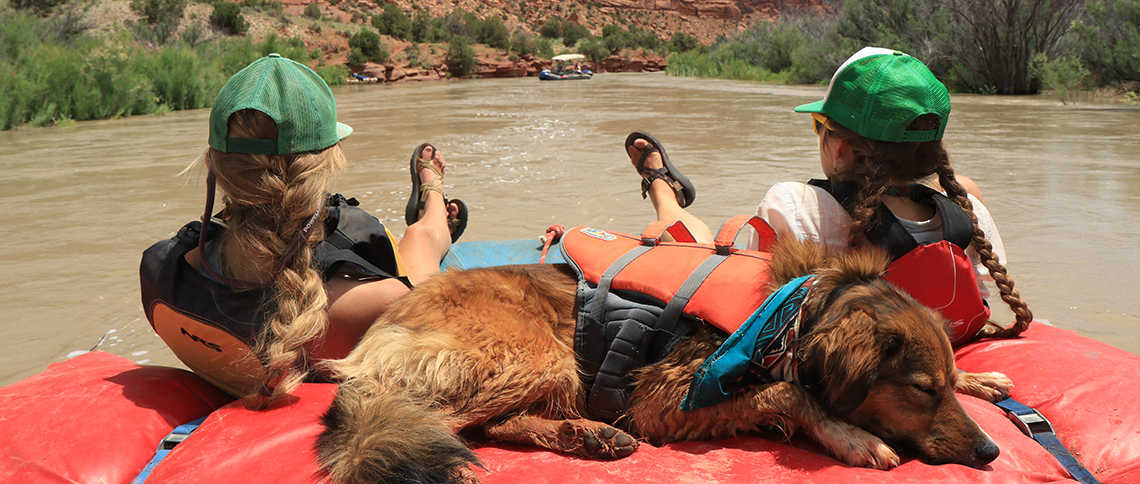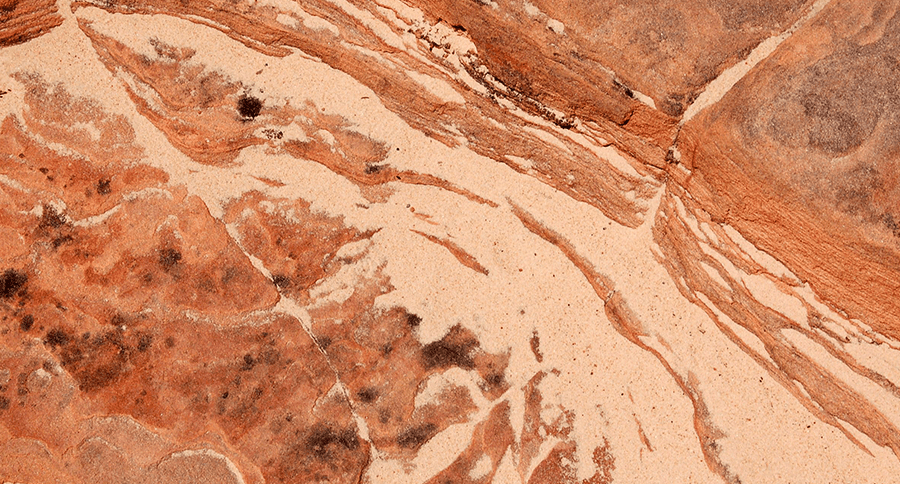The Conservation Alliance Grant Review Process and Tips for Reviewing Grant Proposals
Finalizing the Ballot: The Conservation Alliance’s Internal Review Process
The Conservation Alliance staff and board received 55 applications in the Summer 2022 grant cycle. We spent two months reading and reviewing applications and came up with a list of 21 projects for the ballot. We asked the following questions as part of our grant review process, each of which relates directly to our funding criteria and conservation priorities:
- Does the project seek to protect a specific place? The ideal Conservation Alliance project aims to protect a specific, threatened wild place. We would like to see a photograph of the project area, and say, “Our funding helped save this place.” We also look for projects with one clear finish line. Once the project crosses that finish line, we need to be able to quantify the success in terms of acres protected, river miles protected, dams halted or removed, climbing areas acquired, or marine reserves designated. Quantifying the results helps demonstrate our “return on investment.”
- Is the applicant led by, or working directly with, a marginalized community? We recognize and value the ways in which different backgrounds, perspectives, and life experiences contribute to our work and the conservation movement.
- Does the place have significant ecological value? When we celebrate that success, we should be able to articulate the ecological benefits gained by protecting the place, including wildlife habitat, biodiversity, and climate change mitigation.
- Does the project engage local citizens in the protection effort? Conservation Alliance grants are intended, in part, to motivate citizens to be more involved in conservation work. As such, we look for projects that incorporate efforts to generate significant grassroots support for the protection campaign. We also seek to directly partner with and support the group that’s closest to the project and the work.
- Is there a reasonable chance of success in the near term (1-4 years)? We want to know that a project has a good chance of success given adequate resources. In determining this likelihood, it is important to consider the following: (1) Is the political landscape conducive to success?; (2) What is the organization’s track record?; (3) Does the organization have a clear and reasonable strategy?; and (4) Does the organization have effective partners?
- Is there a recreation benefit? Access to wild places and open spaces for the benefit of human powered recreation is a requirement to secure funding.
Tips for Voting
We know how hard it is to choose which projects to vote for – every single place is special and worthy of protection. Choosing between a project that provides access to local communities, and a landscape scale project that protects wildlife habitat and stores a significant amount of carbon, is like comparing apples to oranges. How do you decide?
The good news is that there’s no wrong choice. All of the projects on the ballot meet our funding criteria and we have confidence in the likelihood of success in the near term. Everyone has their own unique relationship to wild places and open spaces, and how you prioritize conservation projects is a personal decision. What’s most important to you on this list?
- Indigenous led projects
- Projects that provide access to recreation adjacent to populated areas
- Private land acquisitions that are almost guaranteed to be complete in 1-2 years
- Type of recreation
- Carbon storage
- Freshwater conservation
- Landscape scale project that have high ecological value and protect wildlife habitat
- Projects in your backyard, or places you have a personal connection to




